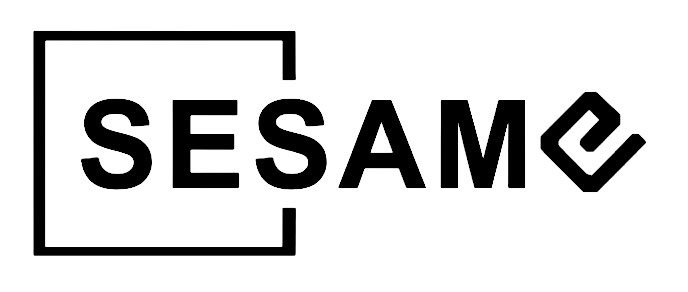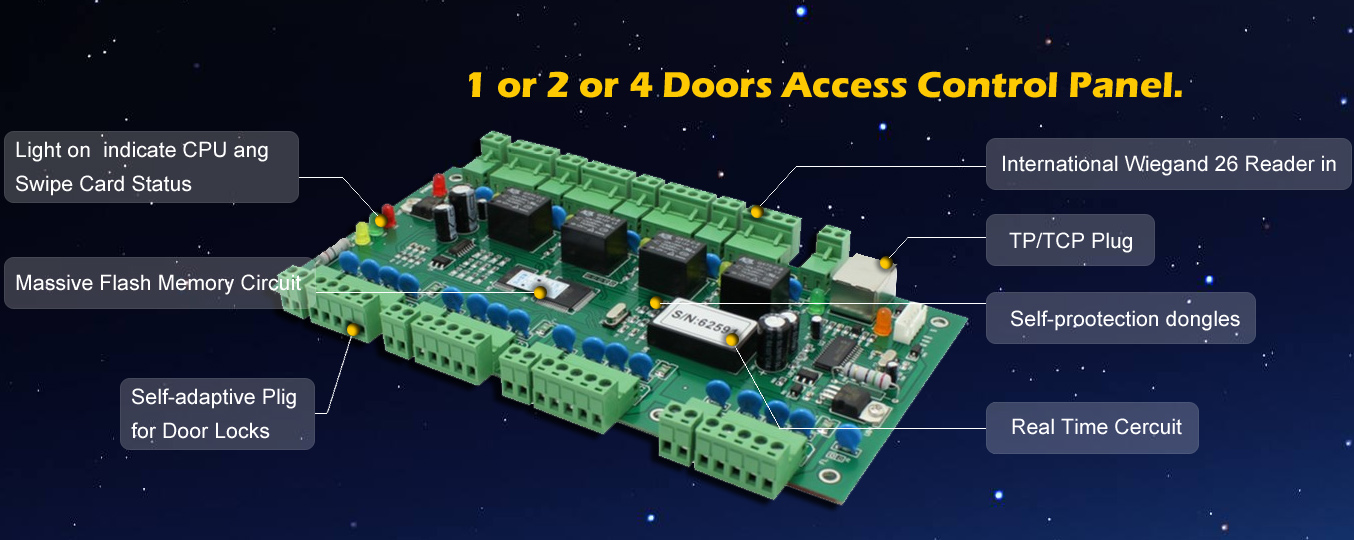
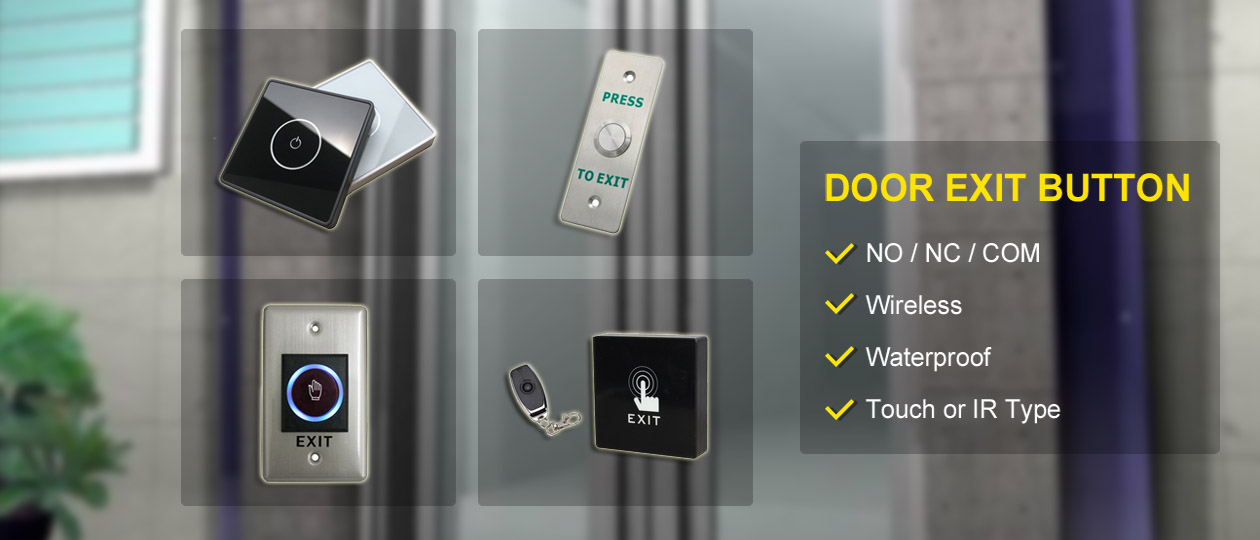
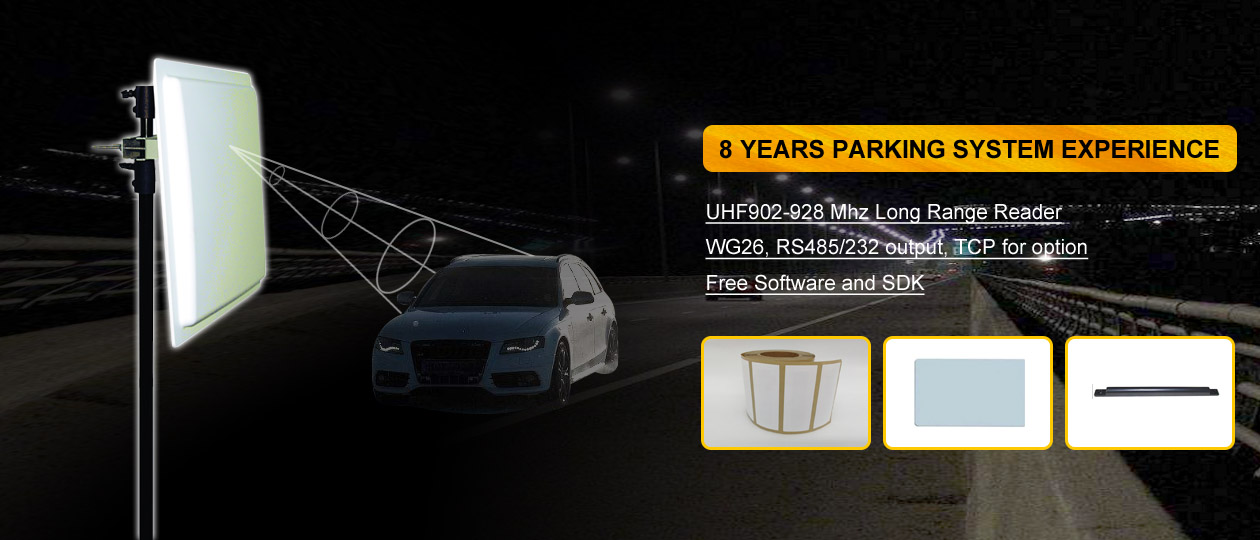
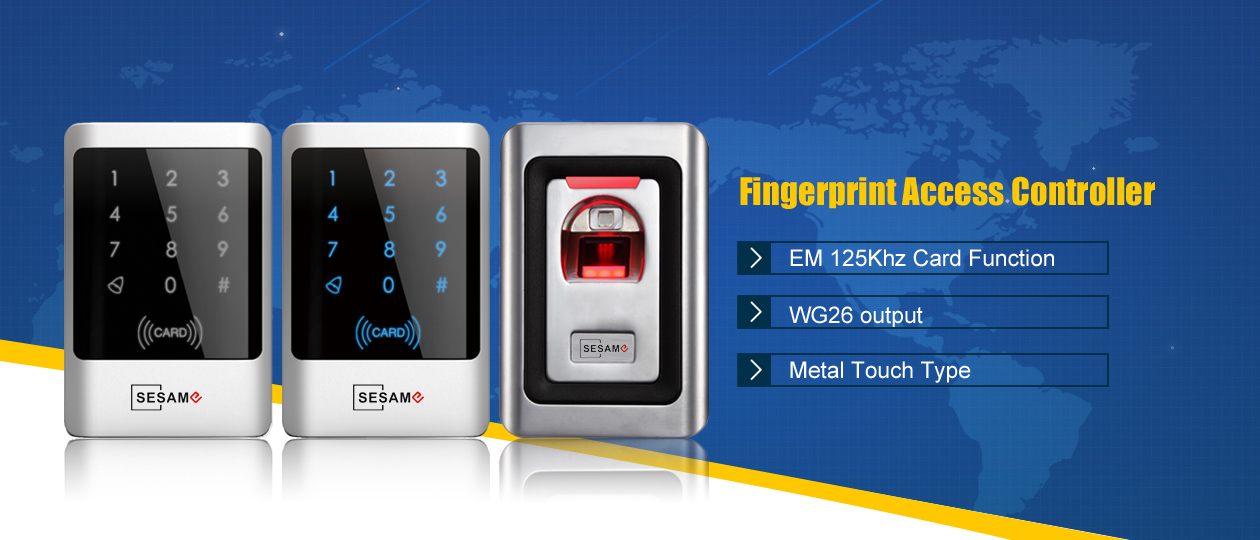


| Why RFID For Parking Management Works Best |
| Release time:2019-10-15 18:32:04| Times of browsing: |
Every day, millions of vehicles circulate from one place to another around the world, eventually ending their travel in a parking lot somewhere. Viewed as a customer service by city planners to keep residents happy and visitors feeling welcomed, parking management has become a key aspect in our urban society where high vehicle density and parking space shortages require efficient management with Smart Cities deploying smartphone apps to guide you to an open space. Additionally, parking in certain locations becomes a frontline in securing a controlled perimeter with a fence and barrier. The strength of a physical barrier to prevent unauthorized vehicles from entering an area is usually its’ weakest point, the method used to identify, authenticate and authorize entry. It’s a critical piece of an organization’s security strategy. While there are multiple technologies that can be applied to identifying vehicles for parking management such as license plate recognition, barcode scanners, radio-controlled switches, and RFID, only one technology can match the physical protection provided by a barrier with the cybersecurity necessary to protect the entrance from unauthorized access: a radio frequency identification system using a Cryptographic Authentication Protocol. This technology offers the following benefits: RFID Tags that provide: A unique identifier that can’t be reproduced User memory for relevant data storage Inconspicuous and discrete placement on the vehicle UCODE DNA Protocol: Encrypted information with the highest data security standard – (AES 128) Tags that are undetectable to unauthorized readers – (cannot be sniffed) RFID Automatic Vehicle Identification Readers that provide: Fast, long-range detection Accurate, reliable performance Compatibility with any existing access control panels – (Weigand, Serial, Ethernet, WLAN) Easy installation There are several RFID technologies that fall into two large categories; active RFID (the tag actively emits a battery power signal) and passive RFID (the tag does not emit any signal until it is in the area of sight of the RFID antenna). Let’s talk about their applications for parking areas. Active RFID For private parking areas for communities or companies, a simple keypad or radio transmitter may be sufficient to operate entry. But for premises where additional control over the entry is necessary, a passive, long-range UHF vehicle access control reader provides an ideal solution. These readers have an internal embedded application that manages vehicle access according to specific, user-defined criteria entered into the unit. When a certain vehicle is identified and verified as having access, the reader will activate the relay output to open the access barrier. For example, a vehicle with access to a corporate parking area would carry an ultra-high frequency UHF RFID tag attached to the windshield. The software application that runs the RFID access control reader will allow varying criteria to be defined for each vehicle such as work hours, holiday parking, after hour authorization, and access to certain levels. The access control table facilitates the differentiation of everyday access for some vehicles versus others that are only granted weekday access at a certain time, and others with perhaps a very restricted schedule according to their set criteria. RFID for Public Parking Areas There is also a solution to implement RFID technology in the management of public parking lots and areas. For example, in Hoboken, New Jersey, the vehicles of residents in certain neighborhoods of the city, use a UHF tag attached to the glass of the vehicle. This tag contains the information of the type of permit that the particular vehicle has been granted and the parking enforcement officers are equipped with a hand reader that, in seconds, captures the information of the vehicle, such as expiration time and corresponding spot location. Prior to using this technology, residents were issued a card that was placed visibly on the dashboard. However, this was not a reliable solution because occasionally a resident would forget the card or the card wasn’t clearly visible thereby resulting in ticketing or towing of authorized vehicles. The RFID based system allowed real-time up to date authorization of permitted residents to solve these problems. (A vehicle-mounted, long-range RFID reader could be used to automatically read the parking permits as the enforcement officer simple drove around the neighborhood and provide an alert if an expired permit was detected.) RFID for Corporate Parking Areas – Online Solution For an integrated enterprise access solution, a more sophisticated management software is necessary to control each individual access and store this information. Today many companies already use access control software to manage their door access. The same system can be used to control parking gates. In this case, an online reader is the best solution. These readers come with an SDK to smooth the integration with the existing access control program. RFID for Secure Facilities Finally, facilities that rely on a gate to restrict access spend mightily on the design, installation, control system, and software. Yet ironically, the majority of installations use the most basic, insecure, often compromised or easily hacked methods to grant access. Keypad PINs are often innocently shared. Radio transmitter signals can be sniffed and retransmitted. License plates and barcode tags of authorized vehicles can be simply photographed and inexpensively reproduced. None are secure and each is easily defeated. RFID is the most secure, most reliable, and most effective method to identify vehicles in a controlled-access environment. In conclusion, RFID solutions increase the performance of entry, tracking, and billing of usage, real-time management of permits, and overall security for a multitude of parking applications and access levels |





